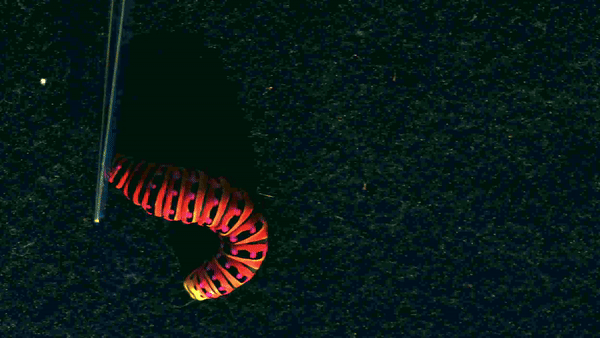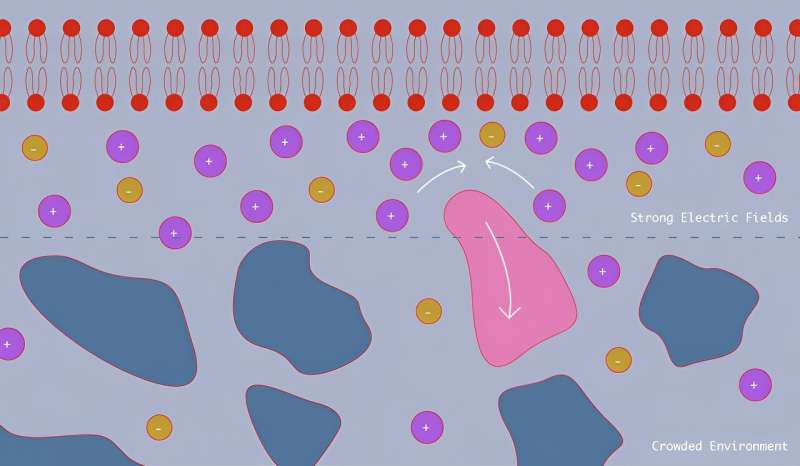The AI Office will play a pivotal role in the enforcement architecture of the AI Act, the EU’s landmark law to regulate Artificial Intelligence, set to be formally adopted in the coming weeks based on a political agreement nailed down in December.
The idea of an AI Office to centralise the enforcement of the AI rulebook came from the European Parliament. Still, during the negotiations, it was downsized from being a little short of an agency to being integrated into the Commission, albeit with a separate budget line.
However, the question of how much autonomy the Office will be guaranteed remains sensitive inside the Commission, especially since it is unclear whether it will become an entity with its own political objectives or an extension of the unit responsible for the AI Act.
Euractiv understands that the obtained draft decision was amended following an internal consultation to include wording specifying that the Office should not interfere with the competencies of Commission departments.
According to the document, the decision should enter into force as a matter of urgency on 21 February, before the formal adoption of the EU’s AI law. Euractiv understands the decision is due to be adopted on Wednesday (24 January).
Policing powerful AI
The AI Office will have primarily a supporting role for what concerns the enforcement of the rules on AI systems, as the bulk of the competencies will be on national authorities. However, the Office has been assigned to policing General-Purpose AI (GPAI) models and systems, the most potent types of AI so far.
Recent advances in computing power, data harvesting, and algorithm techniques have led to the development of powerful GPAI models like OpenAI’s GPT-4, which powers the GPAI system ChatGPT, the world’s most famous chatbot.
The agreement on the AI Act includes a tiered approach to GPAI models to distinguish those that might entail a systemic risk for society from the rest. The AI Office is to develop the methodologies and benchmarks for evaluating the capabilities of GPAI models.
The Office should be able to set itself apart in monitoring the application of the rules on GPAI models and systems, notably when developed by the same provider, and the emergence of unforeseen risks from these models based on alerts from a scientific panel of independent experts.
The new EU entity is also set to have significant leeway to investigate possible infringements of rules related to GPAI by collecting complaints and alerts, issuing document requests, conducting evaluations and requesting mitigation or other enforcement measures.
The Office will also coordinate the enforcement of the AI Act on AI systems already covered under other EU legislation, like social media’s recommender systems under the Digital Services Act and search engines’ ranking algorithms under the Digital Markets Act.
Support & coordination
The AI Office is to have a supporting role in the preparation of secondary legislation implementing the AI Act, the uniform application of the regulation, the issuance of guidance and supporting tools like standardised protocols, the preparation of standardisation requests, the establishment of regulatory sandboxes, the developments of codes of practice and conduct at the EU level.
The entity will also provide the secretariat for the AI Board and administrative support for the stakeholder-run advisory forum and expert-made scientific panel. The draft decision explicitly references the requirement to consult regularly with scientific and civil society stakeholders.
In particular, the AI Office must “establish a forum for cooperation with the open-source community with a view to identifying and developing best practices for the safe development and use of open-source AI models and systems.”
In addition, the new entity is tasked with promoting innovation ecosystems and working with public and private actors and the start-up community. As revealed by Euractiv, the AI Office will be responsible for monitoring the progress of GenAI4EU, an initiative to promote the uptake of generative AI in strategic sectors.
The Office is also mandated to cooperate with the relevant EU bodies, like the European Data Protection Supervisor. Collaboration is also required with other Commission departments, notably the European Centre for Algorithmic Transparency, to test GPAI models and systems and facilitate the adoption of AI tools in relevant EU policies.
At the international level, the Office will promote the EU approach to AI, contribute to AI governance initiatives, and support the implementation of international agreements.
Financing
The financing aspect of the AI Office has been a sore point since the beginning. The lack of flexibility in the EU budget allocations and lack of appetite from member states to put more resources on the table means new tasks always face strict budgetary constraints.
The Commission’s digital policy department, DG CNECT, will assign human resources. The hiring of temporary staff and operational expenditure will be financed with the redeployment of the budget from the Digital Europe Programme.



